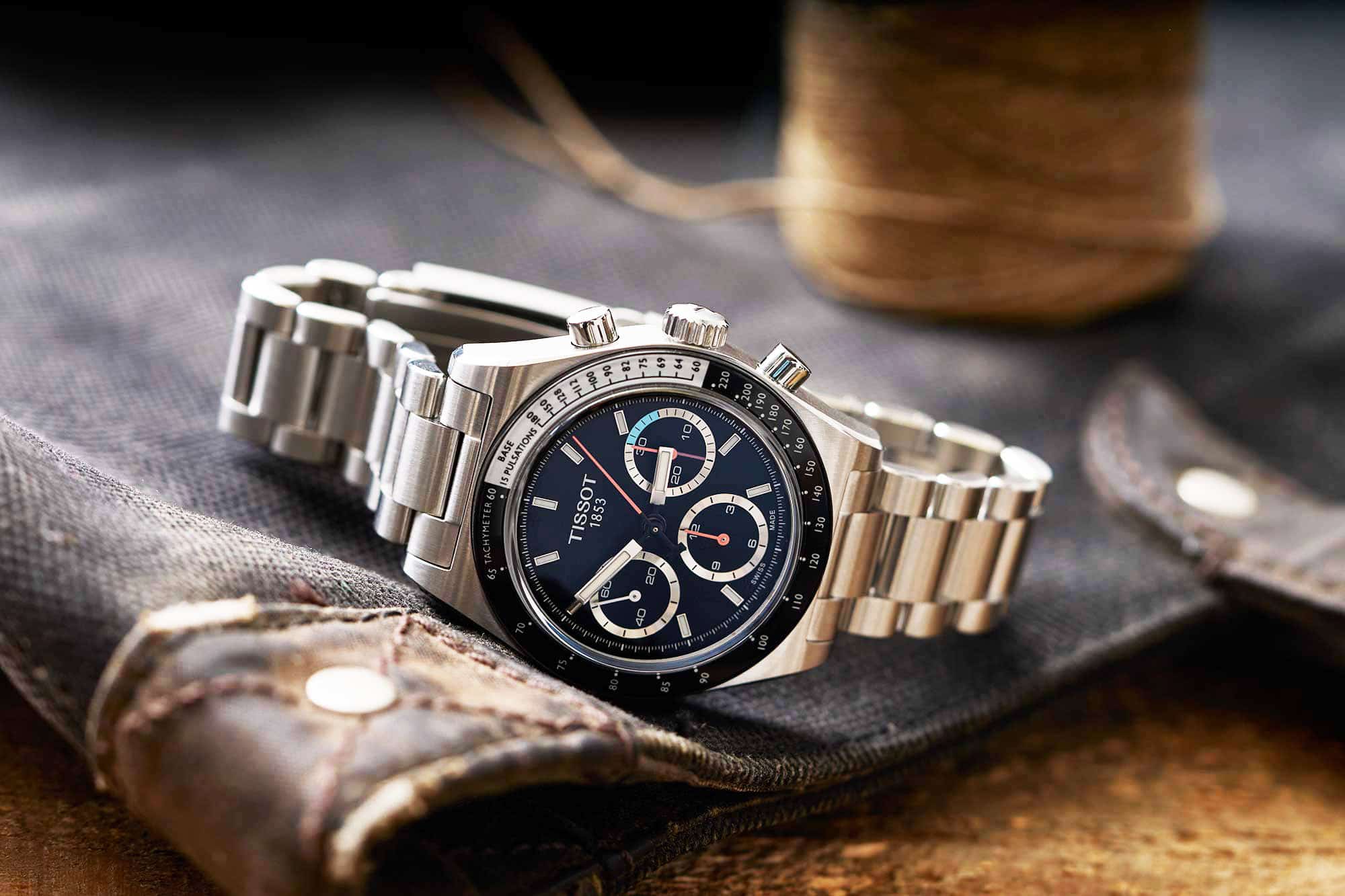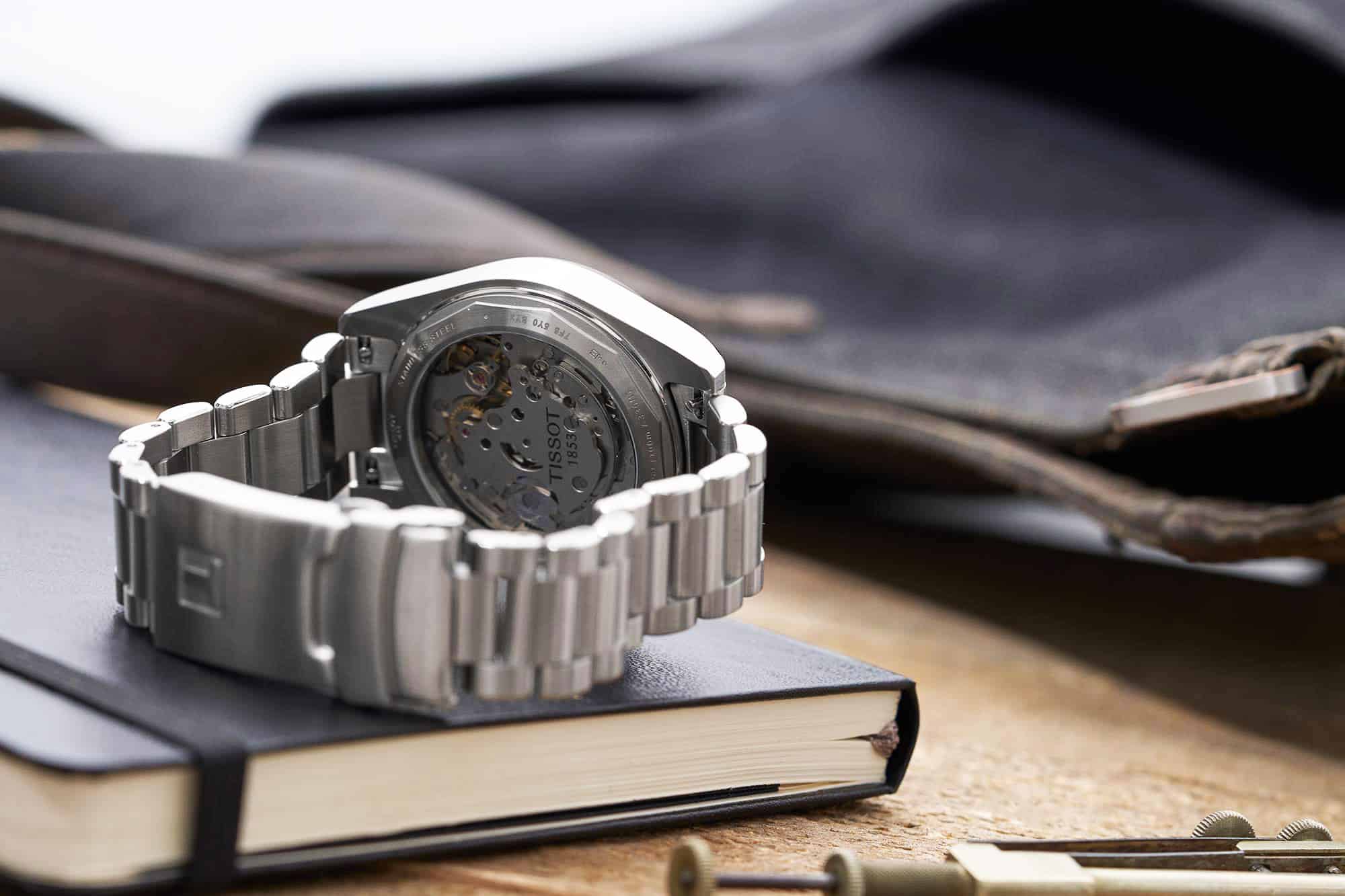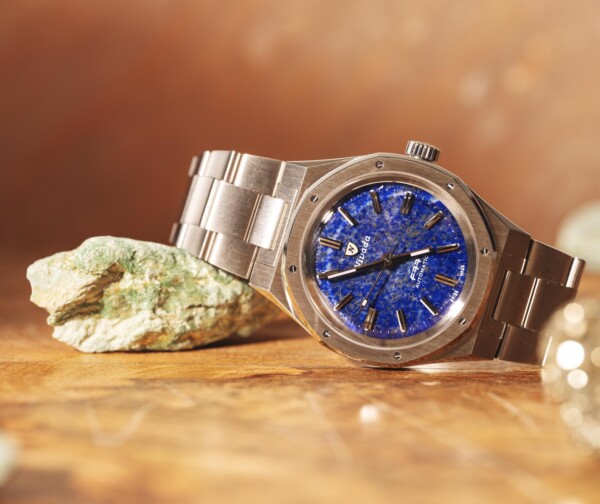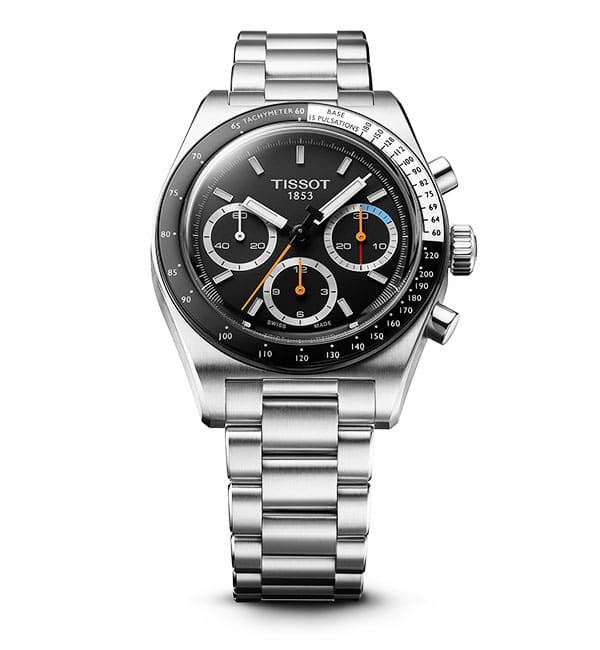

In recent history, and of all the Swiss watchmakers across the industry, perhaps no other brand has honed in on building accessible enthusiast watches as successfully as Tissot. The resounding success of today’s watches like the PRX can be attributed to Tissot’s rich history of creating quality watches that earned the respect of their wearers. In fact, the origin of the PR models—and the Tissot PR516 in particular—is a story worth telling alone.

The year is 1965. Muhammad Ali famously defeats Sonny Liston, and high above, NASA’s Mariner IV soars by Mars. Back on Earth, however, a legend is born. The Tissot “PR”, for “Particularly Robust” (fair enough) or “Precision and Resistance” (also accurate), debuts. The original PR516 was an offshoot of the Seastar family and thereby heralded for its waterproofness in addition to its durability. Tissot knew better, though: this watch could prove itself not only leagues under the sea but also in the big leagues on land – and at the racetrack, no less. Thus the PR516 was born. And today it is born yet again.


The PR516 chronograph of 1970 was a modern marvel for its time. It featured a triple register layout, tachymetric bezel, luminous hands, and a reputation for reliability. This was so much the case that Peruvian rally legend Henry Bradley wore one and famously etched its name on his Ferrari race car. That wasn’t all; a world-famous MI6 agent strapped on the same watch in his famous 1973 film, Live and Let Die. So how has Tissot considered this weighty heritage as it reimagines the PR516 chronograph for today? Very carefully and tastefully, it seems.
The new PR516 collection marks the latest chapter in Tissot’s watchmaking history. The lineup comprises three quartz chronographs and a mechanical chronograph with a brand new movement for Tissot. The quartz-powered watches come in two stainless steel variants, one with a blue dial and bezel and another with a black dial and bezel. A two-tone version shares the same black dial and bezel but with gold center links on the bracelet and gold hands and dial furniture. The mechanical chronograph has a black bezel-dial configuration but with orange touches on the chronograph seconds hand, 30-minute counter, and 12-hour counter. A closer look at the dials and cases shows a watch that has been refreshed without losing its rich heritage.

On paper, the new PR516 chronographs are similar, but not exactly the same. The entire lineup features SuperLuminova on the hands, domed sapphire crystals, and 100m of water resistance. However, case sizing varies slightly between the quartz and mechanical versions: the quartz watches are 40mm wide and 11.9mm thick, 1mm narrower and about 2mm thinner than the mechanical PR516. Both are solidly wearable for a wide range of wrist sizes, though, as their tapered 1970s style cases and seamlessly paired three-link bracelet make for a timepiece that was clearly designed with ergonomics in mind.

The hawk-eyed enthusiast will also notice that the dial of the hand-wound chronograph is also slightly different. The registers on the mechanical PR516 are spaced at 3, 6, and 9, while the quartz models’ registers are at 2, 6, and 10. The casebacks differ too; the quartz watches are engraved with images of a laurel wreath and steering wheel to harken back to the days of Tissot’s racing exploits. The new mechanical PR516, however, features an exhibition caseback that showcases something completely new. Let’s take a closer look.


The PR516 Chronograph Mechanical is the first recipient of Tissot’s Valjoux A05.291 movement. A 7753-derived caliber, this new movement has seen some major modifications like an automatic winding block deletion and, in its place, a decorated bridge. The decision to utilize a manually wound movement was no doubt a move to link the new chronograph to its ancestors of yore while keeping the thickness manageable. Despite its old-school power delivery system, the A05.291 offers modern performance specifications to the tune of 68 hours of power reserve and formidable magnetic resistance thanks to its Nivachron balance spring. It beats at 28,800vph (4Hz), good for +/- 5 seconds a day, and hosts a list of other technological improvements around shock protection and regulation. In short, this is a thoroughly modern movement in design and function.

Make no mistake: building a quality chronograph today is no small order. But leave it to Tissot to reimagine a beloved historical automotive chronograph in a way that speaks to its audience today. The new PR516 collection, in both its quartz and mechanical forms, represents the best of what a sports chronograph stands for: reliability, beauty, and the promise of a tool that is not only a celebration of crossing the finish line but a companion for all of life’s roads along the way.









 Featured Videos
Featured Videos














